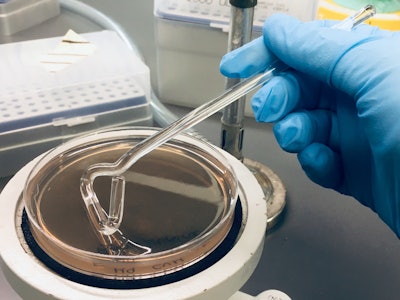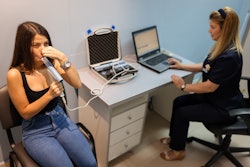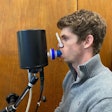
Oral bacterial lysate, OM-85, significantly reduces respiratory tract infections (RTIs) and asthma exacerbations in adults with moderate to severe allergic asthma. The findings are from the study, “Oral Bacterial Lysate OM-85 Prevents Respiratory Tract Infections in Asthma: The OMRIA RWE Study,” which was published in the Journal of Asthma and Allergy.
OM-85 is a bacterial lysate derived from eight common respiratory pathogens. It works by enhancing the immune system through the gut-lung axis, improving epithelial barrier function and promoting immune tolerance.
The study, conducted across three asthma centers in Greece, followed 137 adults over a 12-month period. Participants were grouped by those receiving standard asthma care (SoC) and those receiving SoC plus OM-85. The results were significant.
Patients treated with OM-85 experienced:
- 60% fewer respiratory infection episodes
- 71% fewer asthma exacerbations
- 73% fewer oral corticosteroid courses
- 67% fewer antibiotic cycles
- 72% fewer unscheduled medical visits
Additionally, the symptom severity was significantly lower in the OM-85 group, with a mean severity index reduction of 1.15 points.
The study’s researchers supported the use of OM-85 as a seasonal prophylactic, administered in two, three-month courses annually, particularly before peak infection seasons in autumn and spring.
“This is the first real-world evidence showing that OM-85 can be a game changer for adults with allergic asthma,” said lead investigator and postdoctoral researcher Maria-Elpida A. Christopoulou of University Medical Center Freiburg in Germany. “It not only reduces infections and exacerbations but also minimizes the need for antibiotics and steroids, which are often overused in this population.”
All patients in the study were vaccinated against influenza, pneumococcus and COVID-19, yet still experienced frequent RTIs. The addition of OM-85 provided a significant protective effect, suggesting it could complement existing vaccination strategies.
Although the study was retrospective and observational, its findings align with previous clinical trials and laboratory research. The study’s authors encouraged future, prospective studies to confirm the long-term benefits and explore its use in nonallergic asthma phenotypes.























